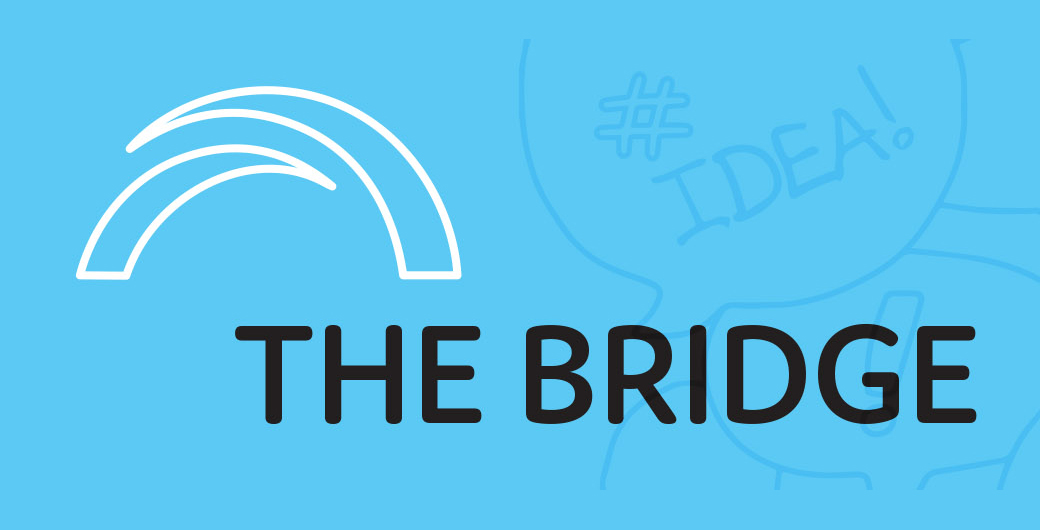
The concept of collaborative innovation relies on the involvement of a broad range of stakeholders (including citizens and users) to mobilise resources, tackle wicked problems and discover inventive solutions. An article in Public Management Review proposes that collaborative innovation is dependent on processes of divergence and convergence. It outlines four conditions which enhance collaborative innovation including learning through interaction and consensus building.
The innovation process
Innovation helps organisations to respond to pressures of supply and demand, and to provide better quality goods and services.
The innovation process entails the creation of something that is perceived as novel by an individual, organisation or community. It also involves bringing something into a real-life environment, by testing, adopting or implementing the end product of the innovation process. This combination of creating novelty and implementing something in a real-life environment is reflected in most definitions of the innovation process.
The role of divergence and convergence
Innovation involves divergence and convergence. Divergence is the process through which this is achieved. The search for ideas is stimulated when ideas can compete to deviate from each other. Supporting divergence encourages innovators to avoid making an early commitment to a particular idea. It recognises that multiple, alternative solutions can exist for a given problem.
Producing innovative solutions also requires that suitable ideas are selected and eventually implemented. Convergence helps to reduce this variation by aligning ideas to each other and the implementation context. Convergence stimulates innovators to commit themselves to one idea and abandon alternative ideas.
The combination of divergence and convergence in an innovation process is delicate balance between the two. Too much focus on divergence might generate endless cycles of idea generation which never converge towards a single feasible, implementable solution. On the other hand, too much attention on convergence might result in the premature rejection of an idea and the implementation of a solution that lacks originality.
Divergence-convergence in collaborative innovation
Collaborative innovation is often seen as an extension of collaborative governance. Collaborative governance arrangements between public and private stakeholders (such as governments, non-profit organisations and users) can be fertile grounds for collaborative innovation. The stakeholders in these arrangements can exploit each other’s capabilities.
The divergence-convergence relationship can help explain why and how such collaboration leads to highly innovative solutions.
The role of divergence in stimulating collaboration
Collaborative governance unites stakeholders from different sectors in one partnership. The multiplicity of backgrounds (policy fields, expertise, spheres of society) increases the likelihood that a diversity of ideas and possible solutions are introduced at the start of the collaboration. This diversity might then drive the divergence of ideas if this diversity is used in the innovation process.
In collaborations, parties depend on each other to achieve their objectives. Through collaborative interactions in idea generation, they can learn from each other by actively sharing their own ideas and by challenging the ideas of others. Learning through interaction enhances the cross-fertilisation of ideas and the emergence of new insights and knowledge.
The role of convergence in stimulating collaboration
From the perspective of decreasing variation in the innovation process, collaborative governance engages multiple stakeholders to work towards a single, shared goal which no one can achieve on their own. In collaborative innovation processes, the parties have a shared ownership over the development and implementation of the innovation and a joint commitment to implement the innovation. This implementation commitment allows the innovation process to converge towards an implemented solution.
About the research
The authors analysed survey data from 19 eHealth partnerships in five European countries. These partnerships involved collaborations between public actors (governments, public hospitals) private actors (non-profit organizations, private firms and service users (patients, citizens, general practitioners, specialists, therapists.
There were 132 respondents to the survey including project coordinators; representatives of government agencies, local governments and public hospitals; representatives of private home care organisations, consultants and ICT companies; and service users such as physicians, patients, medical professionals and citizens.
The analysis tested the hypothesis that innovative services are generated through a diversity of ideas; learning through interaction; consensus building; a commitment to implementation. The research results showed that only three of these conditions contributed to innovation – learning through interaction, consensus building and implementation commitment.
There was a more complicated role for the diversity of ideas and perspectives in the innovation processes of the covered cases. Diversity in ideas and perspectives often has a cultural or organisational origin (e.g. different organisational cultures, procedures, routines, interests) which can lead to conflicts between the involved partners. This, in turn, can derail the innovation process.
The bottom line
The research results confirm the value of approaches that allow the simultaneous pursuit of divergence and convergence in the innovation process. They do not need to be restricted to separate phases. Divergence and convergence should jointly occur during creative ideation as the ideas are only valuable if the ideas all relate to a common goal.
Want to read more?
Unlocking the process of collaborative innovation: Combining mechanisms of divergence and convergence – Chesney Callens and Koen Verhoes, Public Management Review, March 2022
The article is available via individual or institutional access through a library service such as a university library, state library or government library.
Each fortnight The Bridge summarises a piece of academic research relevant to public sector managers.

Recent Research Briefs on collaboration and innovation include:
- Published Date: 27 February 2023
